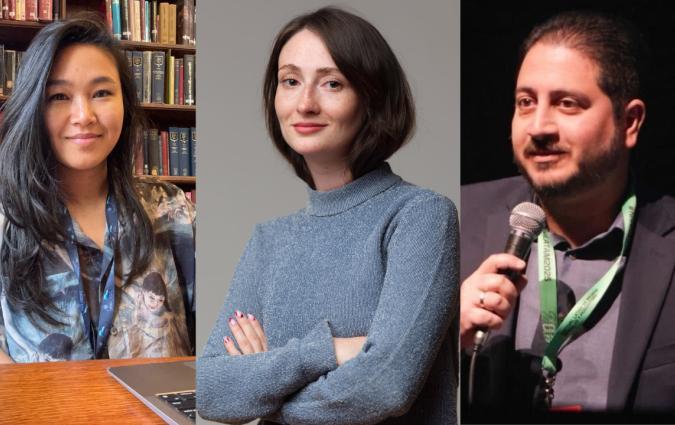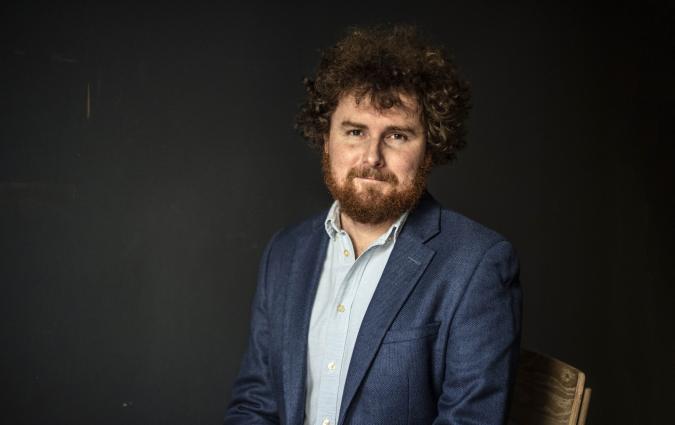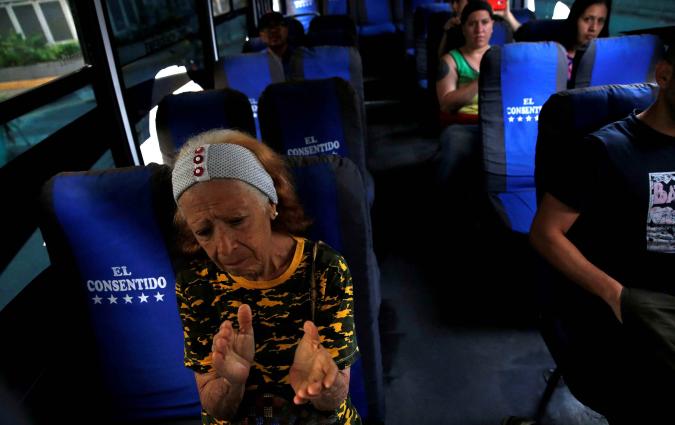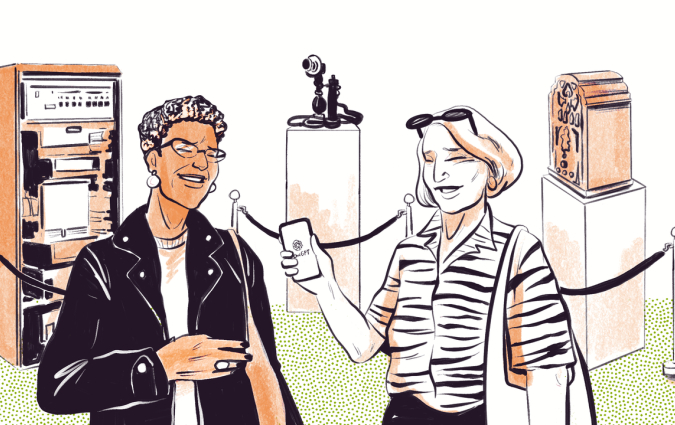Born on Facebook, The Queer Muslim Project reaches a large LGBTQIA+ community in Asia and beyond
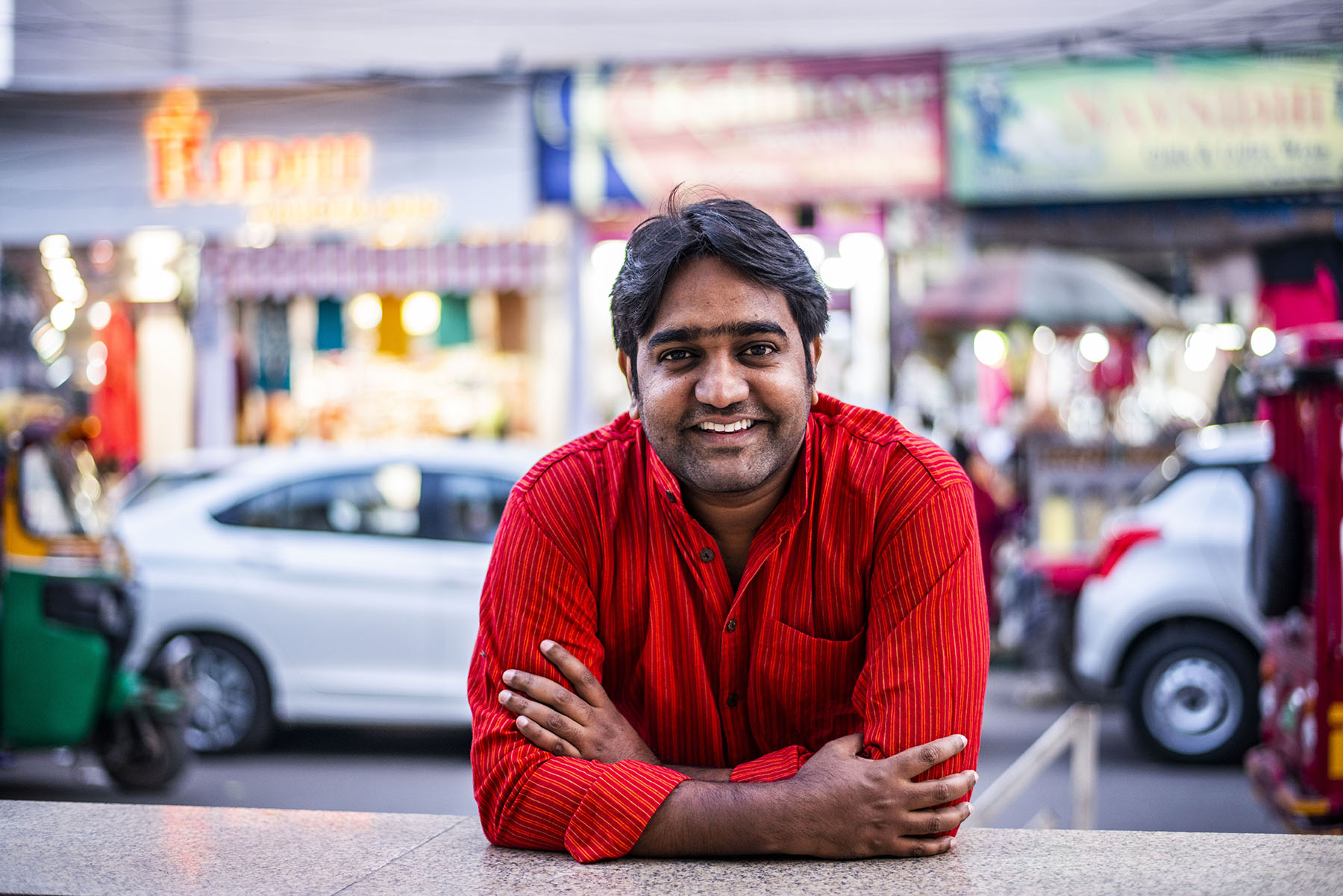
This interview was first published by Italian journalist Francesco Zaffarano in his biweekly Substack newsletter, Mapping journalism on social platforms. The original is available at this link. Sign up for the newsletter here.
The Queer Muslim Project (TQMP) is Asia’s leading platform for Queer, Muslim and allied voices, with a global community of over 40,000 people.
I interviewed Rafiul Alom Rahman, founder and director of TQMP, to discuss his team's many initiatives, the importance of telling queer stories, and how the platform combines online and offline work.
Q. How did The Queer Muslim Project start?
A. In 2016, I entered a fully funded PhD program at the University of Texas in Austin. I wanted to focus my research on gay Muslim men in urban India. I wanted to do ethnographic research to understand what it means to be a religious and a sexual minority in a country like India.
But, halfway through my first year, I discontinued my PhD as I realised I am very much an activist at heart. I wanted to be in community intervention and do organising and rights-based work. During my stay in the US, I got to read some incredible feminist Islamic scholarship around bodily autonomy, gender identity, and sexuality rights and met people who had comfortably reconciled their sexuality with their faith-based identity.
India's Muslim population is the world's largest Muslim-minority population. In 2006, a report by the High-Level Sachar Committee [commissioned by the then-Prime Minister of India to investigate the social, economic and educational status of the Muslim community] showed that Indian Muslims suffer from social stigma, fear of violence, and even lack of basic access to housing, bank credits, and government jobs. When I discontinued my PhD and came back to India, I realised there was a significant dearth of queer-affirming Islamic resources or even publicly available data capturing the status of LGBTQIA+ Muslims in India.
In 2017, I founded The Queer Muslim Project (TQMP) as a Facebook page in response to the lack of accessible, safe spaces for Queer Muslim individuals to come together and tell their stories in all their diversity, beyond fear and shame.
Q. What kind of offline activities do you organise?
A. In our early years, we set up volunteer groups in cities like Delhi and Bangalore and hosted storytelling workshops, monthly community meet-ups, interfaith Iftar dinners during Ramadan, and an annual community retreat. We wanted to bring together queer people of different belief systems and allies to have a conversation and create more dialogue and awareness around intersectional queer issues. However, over the years, our work has naturally pivoted towards the strategic use of art, storytelling, and media to drive long-term cultural and narrative change.
Our offline activities include a mix of artist residencies, strategic gatherings, and festival showcases, all with an aim to centre and uplift the voices, talent, and leadership of underrepresented LGBTQIA+ communities. In December 2022, TQMP convened 10 LGBTQIA+ Muslim artists, organisers, and creative producers from India, Pakistan, Bangladesh, and Sri Lanka to discuss narrative change practices in the region and the politics of using pop culture as a strategic entry point to drive meaningful change. As part of our strategic efforts to combat religious extremism in South and South-East Asia, we continue to organise the Interfaith Pre-Conference at the ILGA Asia Conference in partnership with the Global Interfaith Network (GIN-SSOGIE) – the second one recently held in Ho Chi Minh City in November 2022.
Q. And what about the online branch of the project?
A. Since the beginning, storytelling has been at the heart of our work. So, in 2018, we decided to build a presence on Instagram to take our work forward on a more visual platform. In December 2018, we launched a campaign called #2019QueerMuslimGoals, where we asked people to share their wishes and goals for the coming year. It became a big hit, and a lot of people started sending their stories from around the world. Since then, our community has only grown on the platform. We have also produced a variety of digital content. In 2020, we partnered with Instagram to produce Safe and Strong: An LGBTQIA+ Guide to Facebook and Instagram. With pride marches being cancelled or postponed due to the coronavirus pandemic, we partnered with British Council to host the Digital Pride Festival to celebrate LGBTQIA+ rights and invite people to take digital actions and demonstrate allyship.
Q. Can you describe the kind of content you are producing for your social channels?
A. Our social media strategy is focused on amplifying people’s stories. We don't tell people how they should identify as queer or Muslim. People come with all their experiences and diversity and tell their stories the way they want to tell them. Of course, our team reviews content as and when it’s shared with us. We also ensure that the storyteller is not put at risk by being visible on our feed. We actively monitor hate speech and other abusive comments.
In addition to crowdsourced stories, we produce our own content in collaboration with various creators. A huge focus of our social media content is on telling stories of queer joy while being aware of our difficult realities. We promote dreaming, creativity, and imagination on our feed. Our content brings elements from South Asian LGBTQIA+ and Muslim cultures that celebrate pluralism and diversity.
Q. What did you learn by telling people’s stories?
A. First, that visibility is a double-edged sword. Some people have the privilege of being visible, while others don’t. So, it is important to devise different ways to tell people’s stories while ensuring their safety and well-being.
The second learning point is, stories have the power to spark imaginations, build empathy and move people to action. Thanks to the stories we shared on Instagram, many people not just followed us but also started engaging actively in conversations around LGBTQIA+ rights and dismantling Islamophobia. Today, we receive a lot of messages from allies and supporters who are not queer or even Muslim and who write to us saying they feel so happy to see a page like ours that is creating a safe space for everyone.
Third, the community must be at the heart of change. We work with a vibrant community of LGBTQIA+ storytellers, artists, creators, and writers from South and South-East Asia, and the UK, and we give them the tools, resources, and networks to tell stories that can create sustainable change, counter harmful stereotypes and biases, and shift how our communities are represented in the mainstream media.
Q. Have you seen any positive impact of your work in the mainstream media?
A. When I founded The Queer Muslim Project in 2017, there was hardly any documentation of queer Muslim experiences in the mainstream media in India. Through my work with the community, I found out that the idea that homosexuality is ‘sinful’ in Islam, and the lack of support in families, educational institutions, and faith-based spaces, coupled with a prejudicial attitude towards Muslims in Indian society, often drove LGBTQIA+ Muslim individuals to self-denial, depression or suicide.
Today, we see stories about queer people from various intersections of society. And social media has contributed greatly to the rise of diverse queer voices and talent. Our social media presence has grown significantly over the last few years, making us one of the largest global online networks of queer, Muslim, and allied individuals from South Asia. And I can confidently say that when people see us, they realise that LGBTQIA+ Muslims exist and are not going anywhere. Scroll through our feed, and you will see the vast diversity of queer Muslim voices telling you this community is not a monolith.
In 2020, the Human Rights Campaign recognised us as a ‘Global Innovator’ for our creative use of social media to counter violent extremism and promote stories of faith, sexuality, and inclusion. In 2022, Cosmopolitan India honoured us with the LGBTQIA+ Voice of the Year award, which is huge for mainstream recognition and visibility, and demonstrates the reach and impact of our work amongst wider audiences.
Q. How are you working to achieve this goal?
A. I am reminded of this quote by Audre Lorde: “There is no such thing as a single-issue struggle because we do not live single-issue lives.’’
The media, especially in India, often approaches queer or Muslim issues from a singular lens. A huge focus of work, therefore, is shifting the narrative. Our artist development programs are designed to support activists, storytellers, and communities in building their leadership capacity and vision for a world that is abundant, beautiful, just, and inclusive. We offer our community members the tools to create and tell authentic, pluralistic, complex, and nuanced stories that break away from the usual frames of sadness, violence, victimhood, and oppression.
An example of a project would be Language is a Queer Thing. Created as part of the British Council’s India/UK Together Season of Culture 2022, Language is a Queer Thing is an international poetry exchange program engaging LGBTQIA+ poets, poetry professionals, and communities in India and the UK. The project brought together 6 emerging LGBTQIA+ spoken word poets from India and the UK in 2022 to collaborate, create new work and share it with audiences in both countries. The project reached over 1 million listeners via BBC radio programs and in-person audiences at mainstream literary festivals - BBC Contains Strong Language in Birmingham and Tata Literature Live in Mumbai. We have just closed the applications for the 2023 run of the program.
Q. How many people are involved in The Queer Muslim Project?
A. We are a very small team, comprising three full-time and two part-time staff.
Even though we have a global presence online and a vibrant digital community, we are currently all based out of India. However, our programs are focused on South Asian queer communities, and the stories we share are from people around the world. With Language is a Queer Thing, we have also had the privilege of working with some incredible artists in the UK.
Q. What is your business model?
A. We offer a range of content production, artist development, curatorial, and DEI advisory services. Our partners include leading corporate organisations and arts institutions such as Meta, Google, MUBI, British Council, Goethe-Institut New Delhi, and the US Consulate General Mumbai, among others.
Q. How do you measure impact and success?
A. We look at a range of indicators. In addition to our social media numbers and reach, we also try and measure if our programs have created a safe space for people to participate, and helped them find confidence and build their leadership skills. We continue to receive messages from young Queer Muslim individuals on Instagram saying our platform has helped them find the courage and hope to better understand themselves and their relationship with their faith.
We evaluate audience responses to see if the content created by our artists are resonating with people. To share an anecdote, in November 2022, after our Language is a Queer Thing showcase at the Tata Literature Live Festival in Mumbai, a young heterosexual man walked up to us. He shared that he used to be homophobic in school, but he was deeply moved by the performance of our queer poets, and it made him reflect on his past actions.
In the long term, we want our work to contribute to a more positive and nuanced understanding of queer and Muslim communities in South Asia and around the world, and promote more wholesome and diverse representation of our communities on screen.
Our work has received coverage across various national and international media platforms. I'm seeing gradual progress, but we still have a long way to go.
Q. What is one project you are particularly proud of?
A. That’s a difficult question! We pick projects that are not only aligned with our vision but also bring joy to our hearts. This year, we have had the sheer privilege of working on The Queer Writers’ Room, a project that invests in young LGBTQIA+ writers aged 18-25 from South Asia as catalysts for change. I am also thrilled to see Language is a Queer Thing, our poetry exchange program, going for a second run with an in-person residency and showcase in Leeds in September 2023.
Q. How would you like to expand The Queer Muslim Project in the coming years?
A. Currently, we are working to diversify our content and where it’s hosted. We are re-building our website, which will be like a one-stop centre for everything TQMP. We are also looking to expand our artist development programs and digital content with partners in countries beyond South Asia, including partnering with organisations that are using art, culture, media, and entertainment innovatively to drive social change.
Q. What would you say representation means to you?
A. When you are a queer individual, too often, other people tell your stories, and sometimes those stories cause harm. They don’t do justice to the more expansive reality of your life. True representation is queer people claiming agency and authorship over their stories – moving away from the limited frames offered by the mainstream media and the entertainment industry.
At TQMP, we have strived hard to build a creative ecosystem that allows queer artists, storytellers, writers and organisers from marginalised communities to love, heal and thrive while building the much-needed representation that our communities need.
In the words of one of our poets, Amani Saeed, "Somewhere there is a sky for us. There is a world that you and I are allowed to simply enjoy. In this world, we’ll know how to love and be loved, how to surrender and be surrendered to. One night, I swear, I’ll come home with nothing but good things to tell you."
Italian journalist Francesco Zaffarano has recently launched a biweekly Substack newsletter, Mapping journalism on social platforms, featuring interviews with people leading news innovation on social media. We lightly edited this interview for brevity and clarity. The original is available at this link. Sign up for the newsletter here.


